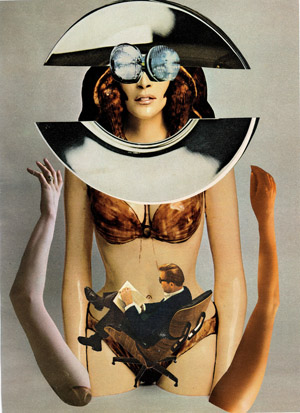This cartoon is due to the Republican elections going on in 2012, so it's not really recent, but I think it is pretty funny. Basically this cartoon is in favor of Republicans and it has Sarah Palin in it and someone handing a Fox Newspaper to her. It is really ironic because Fox News is really in favor of the Republicans. The purpose of this political cartoon was to create propaganda for the Republicans and to explain that Republicans basically paid off Fox News to be in such great favor of them.
The author is really credible because Adam Zyglis is a Pulitzer Prize Winner Cartoonist and he works for the Buffalo News of Buffalo, New York.
This cartoon uses a lot of rhetorics such as irony because it is really ironic how Fox News and Sarah Palin are replaced together since Fox News favors Republicans a lot. Also this cartoon uses propaganda to get people into the Republican party. This cartoon is also really amusing because Sarah Palin has become a Political laughing stock due to her various unintelligent comments.
I think that this political cartoon really achieved it's purpose because it explains why Fox News favors Republicans with the money signs and Sarah Palin signing the paper because she knows that Fox News is always in favor of Republicans.



















